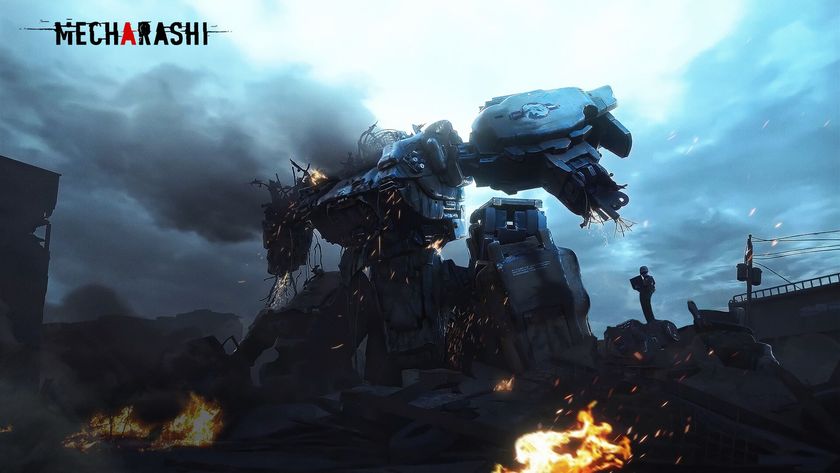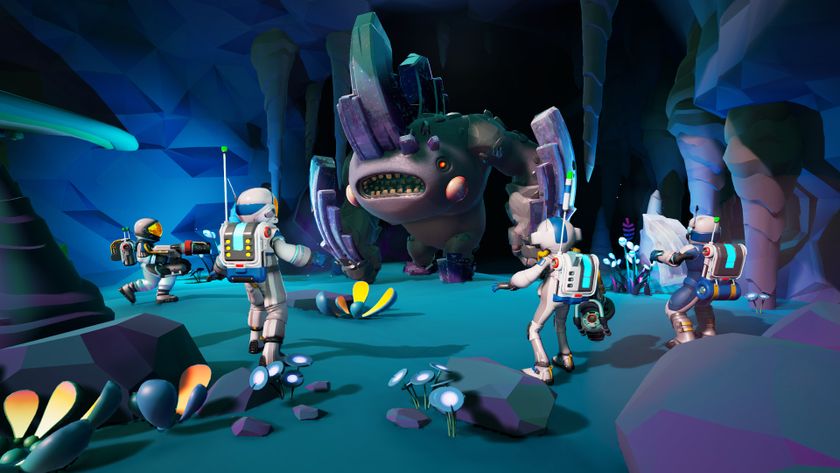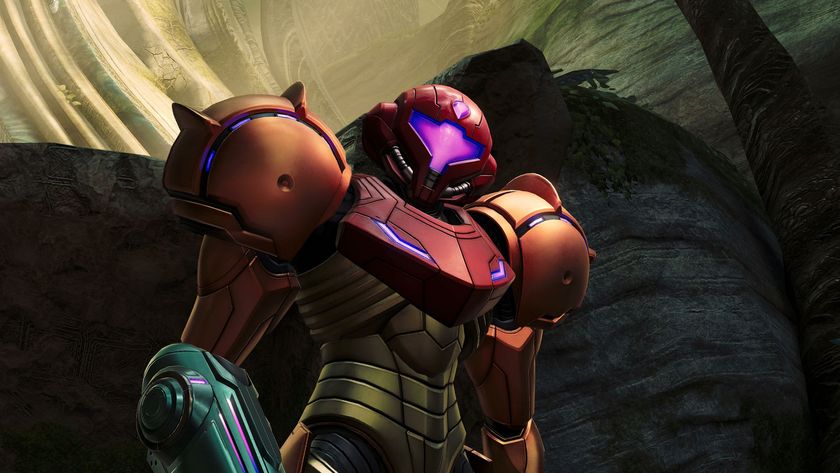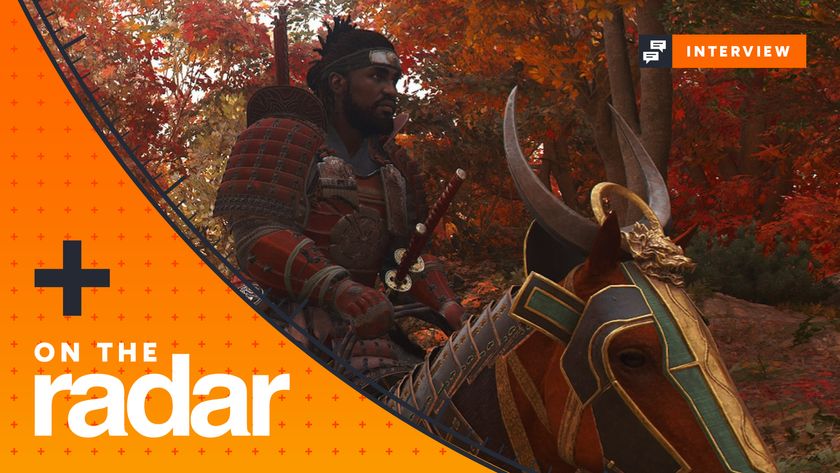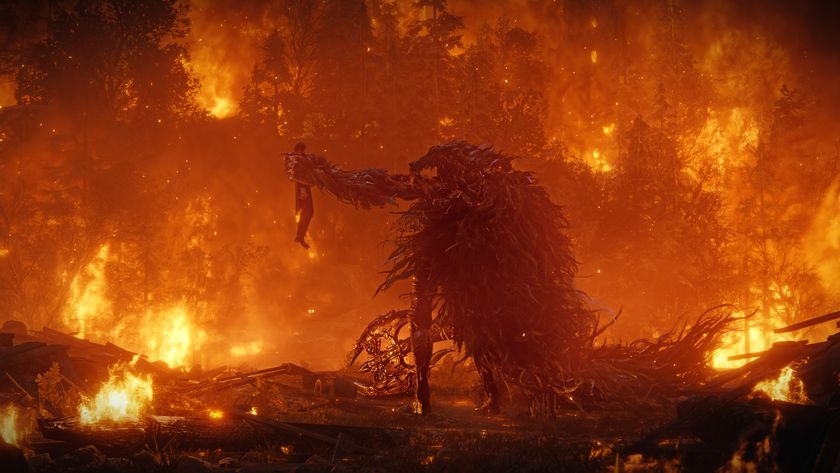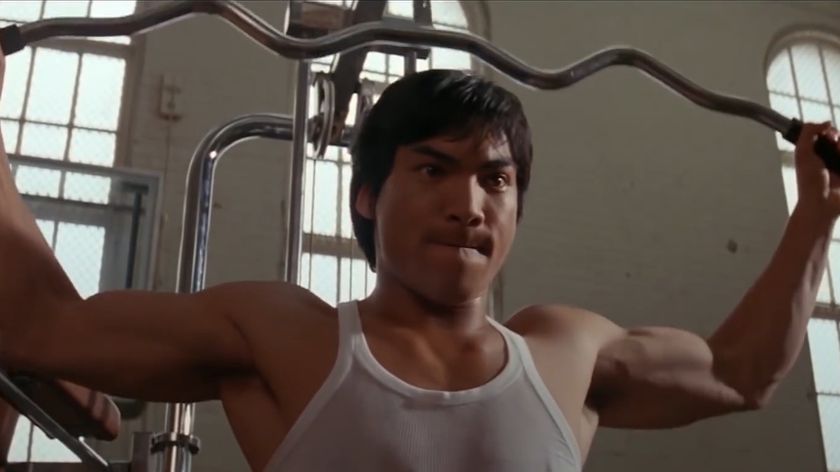How to play RTS games competitively - for newbies
Get good at any RTS and crush your enemies
The first important thing to master is to be always building workers. The second is to efficiently spend the resources those workers gather. The second biggest mistake a newbie makes is to think that seeing 3000 gold in the HUD is a good thing. You actually want the opposite. As much as possible, don’t let your resources accumulate. Think about it in economics: money sitting in your bank is money not working for you. If you allow resources to accumulate and your opponent doesn’t, that means he’ll have a bigger army than you until you spend your resources, so if he attacks you, you’ll lose the game. Not spending resources is probably the number one reason mediocre players lose games.
Typically, you’ll want to spend your resources so frequently that you’re constantly getting the message “Need more X resource” when trying to buy something. You want to be as close to zero as possible most of the time. The exception is when you’re waiting for some new buildings to finish or a new tech level to complete so that you can instantly spend resources on newly available units or buildings. Different RTSes will have reasons when you can allow resources to build up, but before you bother with that, err on the side of spending resources “too much.” It’s almost always better to spend resources.
Note that this includes preventing yourself from getting “housed,” which is a term for when you haven’t properly watched your population increasing and haven’t built a house/supply building early enough, and then you can’t build new units until a new house is built. Notice that this is important because getting housed will stop you from always building workers.
Early in your training, don’t be afraid to queue the training of units because it’s better to spend resources than not, but as you advance, try to not queue units whenever possible. Resources held up in a queue are resources you can’t spend right now. For instance, let’s say you queue up three soldiers in your barracks. Next, you try to build a house, but you don’t have enough resources. By tying up the resources in units that aren’t being built at that moment, they are wasted and interrupt the fluidity of your machine – you want to be constantly directing resources to whatever is most important at that moment.
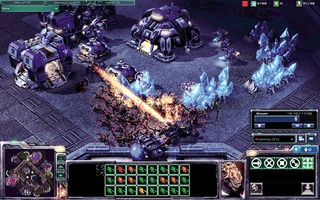
Above: This guy has 3000 minerals in his bank, which is bad. He also has only one factory and one barracks. Building multiple copies of unit-producing buildings will allow you to spend your resources faster
Sometimes, you’ll have to queue units, like when you’re in the middle of a battle and you need to focus on keeping your fighting units alive. At that point, it’s safer to just queue some units at your base and get back to managing the fight, because you won’t have time to keep going back and building more units while fighting. This is also a point that newbies lose games over – you need to keep spending your resources even while you’re in battle. Use control groups and hotkeys on your military buildings to build units without looking away from the battle. It’s typically more important to be building new units than to make sure the units you have in combat are alive – after a battle, whoever has been building troops continuously will have an advantage, even if they lost more units during the battle.
Don’t just buy everything you can - especially not upgrades. Newbies tend to just buy every upgrade they see, which is a waste. If you think you may need to change strategies, you won’t want to spend resources on upgrades that won’t benefit your later units. Upgrades’ value is also relative to the size of the army and the length of the game (upgrades aren’t as important in smaller-army RTS games like Warcraft III). Upgrades aren’t meant as a required benefit – they’re meant as an option, and determining when and if to buy them is the difference between a smart player and a thoughtless one.
Sign up to the 12DOVE Newsletter
Weekly digests, tales from the communities you love, and more
Also consider the values of units and towers: units are typically the most valuable because they can move. This is hugely important. A common newbie mistake is to build too many towers – spending resources on immobile defenses allows your opponent to move around and take control of the map.
Learn build orders
So, first you attempt to do everything quickly. Then you train yourself to always be building workers. Then you practice spending your resources efficiently. Build orders will bring these three elements together. What’s a build order? It’s a detailed list of what things you are going to build, which you decide upon before a game even starts. When I mean detailed, I mean a list of literally every single thing you build, including every individual worker. The process of creating and learning build orders could be either fun or tedious to you, but if you want to compete, they are necessary. You can’t just say “I’m going to tech early to ranged units and push my opponent’s main base.” You need to break that down to the discrete steps because the correct build order will allow you to perform that strategy at the optimum time. If you just sort of build a few workers here and there, tech when it “feels right” and push when your force “looks big enough” and then you face an opponent who knows his build orders, you’re going to arrive late to the party. And unlike real parties, in RTS parties it’s always fashionable to arrive early.
Above: Just one example of a good Warcraft III build order
I’m going to reveal something incredibly nerdy about myself. In order to compete in Warcraft III, I watched replays of pro players, copied down their build orders, and then printed them out on paper that I stood up in front of me between my keyboard and the monitor. With the exact build orders in front of me, I proceeded to learn them and practice their timing. I don’t have a particularly good memory for these sorts of things, so I used them as cheat sheets when I played. They were useful because they would remind me of the timings of strategies - for instance, I had a note that told me to consider attacking my opponent right when my build order led me to the second tier, because typically that’s when everyone gets to tier 2, and attacking then can be advantageous because you can destroy tier 2 buildings before your opponent can finish building them, thus delaying your opponent’s access to powerful tier 2 units.
Now’s where you might be wondering, “What if my build order turns out to be wrong for what my opponent is doing?” Well, duh, build orders aren’t meant to be set in stone. They’re most important in the early game, but if you scout your opponent and see he’s building the counter to your planned army, it’s time to switch things up. In fact, build orders get messed up in many games because your opponent isn’t just going to let you do what you want unmolested. If you’re planning a mid-game attack and you get rushed, you need to improvise some defenses, but with your build order handy in your mind or on paper, you can still pick it up where you need to.


